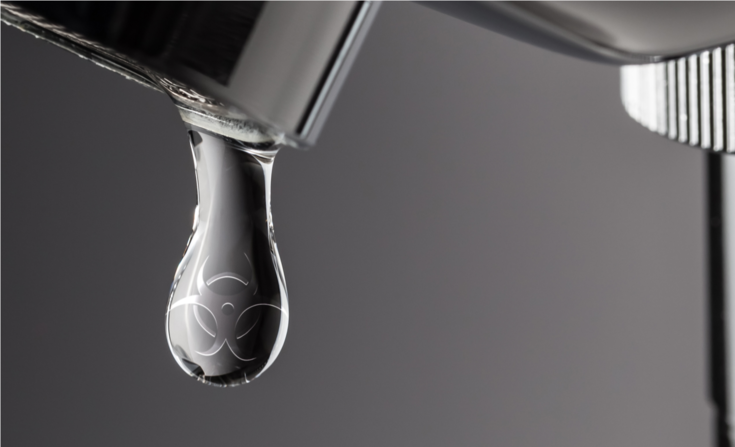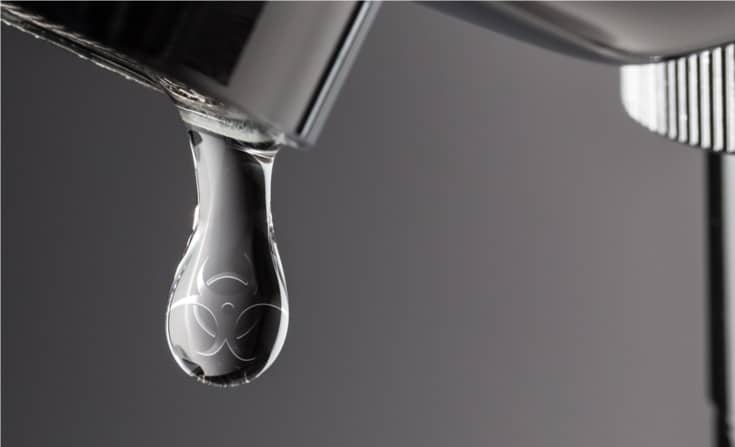What happens when you can’t trust water from the tap? photo: Shutterstock
In the United States, we have developed public infrastructure capable of delivering clean, drinkable tap water almost everywhere. Unlike packaged water, tap water is economical and sustainable for daily hydration at home or on the go. But first, it must be clean.
The most effective way to ensure safe drinking water at the tap is to protect drinking water sources from pollution. Implementing strong, clean water protections as written in the Clean Water Act and amended in the 2015 Clean Water Rule is essential to ensuring families have clean water to drink and use every day.
It is even a meaningful step toward combating plastic pollution. Originally established as the Federal Water Pollution Control Act Amendments of 1972, the Clean Water Act (CWA) is the primary federal law regulating water pollution. At the time CWA was enacted, two-thirds of the country’s lakes, rivers and coastal waters had become unsafe for fishing or swimming. While the CWA has been instrumental in improving health of the nation’s waters and preventing billions of pounds of pollution from impacting water quality, many rivers remain polluted by urban and agricultural runoff and sewer overflows, and almost half of our streams are in poor […]
Full article: Don’t be silent about the EPA Clean Water rollback
More about changes affecting the Clean Water Act:
New rules limiting clean water protections ignore stream science
EPA’s Own Data Refutes Justification for Clean Water Act Rollback
Trump rolls back decades of Clean Water Act protections
Pruitt takes over authority for EPA water protections policy
Supreme Court rules against Trump administration on Clean Water rule
Watershed Planning Program (WPP) — Massachusetts



